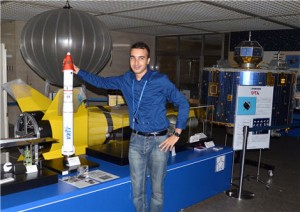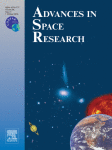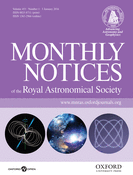A space scientist formerly based at the University of Sydney made up data in an unpublished manuscript, an investigation by the institution has found.
The researcher, Joachim Schmidt, “utilised Adobe Photoshop to make up results,” according to a letter dated Feb. 15, 2023, from Emma Johnston, deputy vice-chancellor of research at the University of Sydney, to scientists at the University of Michigan who reported complaints in late 2019 about work by Schmidt and his former professor Iver Cairns to the Australian institution.
“Given the above, the Panel found there had been breaches of the Research Code on the part of Dr Schmidt. The breaches were viewed as serious, and the Panel considered them to be sufficiently serious to warrant a finding of research misconduct as defined in the Australian Code for the Responsible Conduct of Research,” the letter, obtained by Retraction Watch, stated.
Continue reading Exclusive: Australia space scientist made up data, probe finds



 Climate scientists from the U.S. Department of Agriculture have withdrawn a study they wrote under eyebrow-raising pseudonyms.
Climate scientists from the U.S. Department of Agriculture have withdrawn a study they wrote under eyebrow-raising pseudonyms.


 A group of astrophysicists has notched a pair of corrections for papers on galaxy clusters, thanks to an error that affected several figures in the papers, but not the overall conclusions.
A group of astrophysicists has notched a pair of corrections for papers on galaxy clusters, thanks to an error that affected several figures in the papers, but not the overall conclusions.